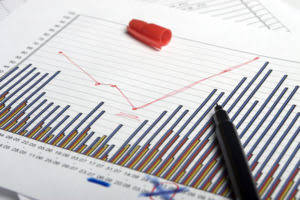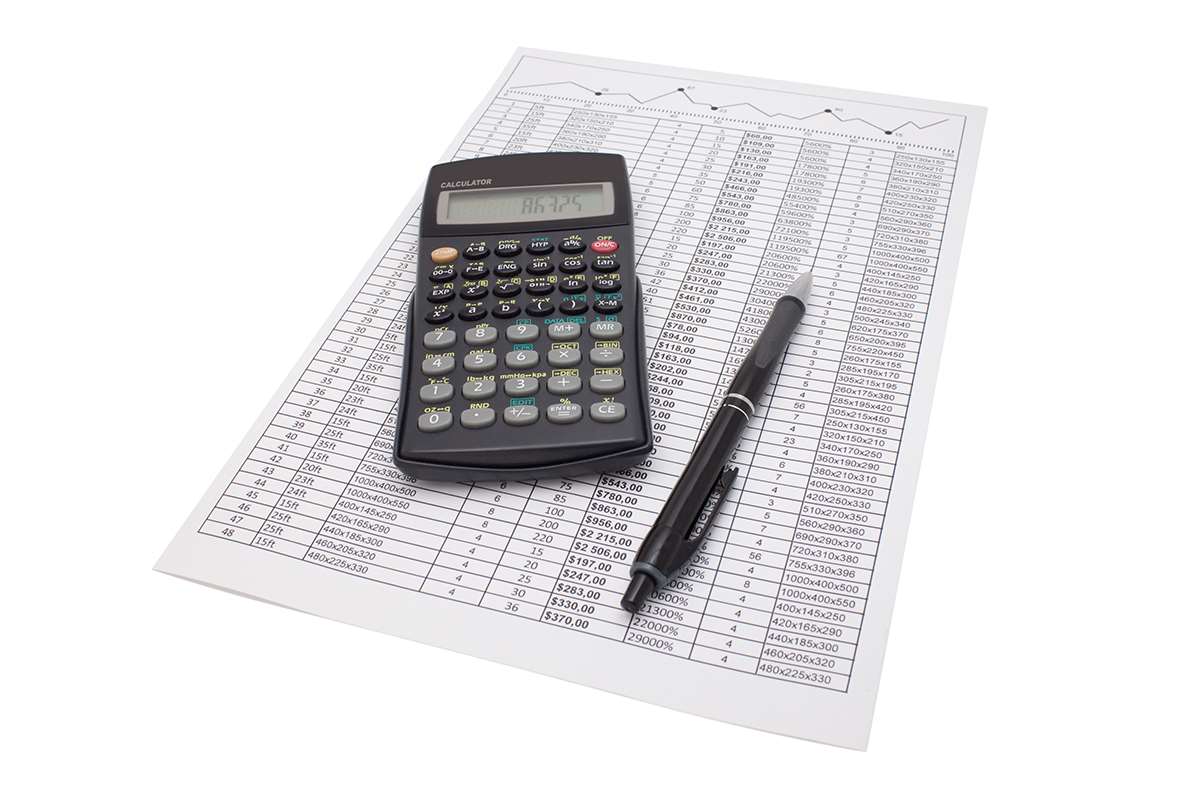Content
- Impact of Accelerated Depreciation on Accumulated Depreciation
- What is the accumulated depreciation formula?
- Examples of Accumulated Depreciation
- Accounting Adjustments/Changes in Estimate
- Debiting Accumulated Depreciation
- Business vs. Personal Use
- Entry 2
- Why You Can Trust Finance Strategists
- Accumulated Depreciation on Your Business Balance Sheet

At any given time, the balance on a provision for depreciation account represents the total accumulated depreciation that has been provided against a particular asset. This is machinery purchased to manufacture products for the business to sell. Since the equipment is a tangible item the company now owns and plans to use long-term to generate income, it’s considered a fixed asset. Depreciation https://www.bookstime.com/ is a way to account for the reduction of an asset’s value as a result of using the asset over time. Depreciation generally applies to an entity’s owned fixed assets or to its leased right-of-use assets arising from lessee finance leases. The accumulated depreciation for an asset or group of assets increases over time as depreciation expenses are credited against the assets.

The fixed asset will now have an updated annual depreciation expense of $11,667 for each year of its remaining useful life. Accumulated depreciation represents the total depreciation of a company’s fixed assets at a specific point in time. Also, fixed assets are recorded on the balance sheet, and since accumulated depreciation affects a fixed asset’s value, it, too, is recorded on the balance sheet. The vehicle is expected to have a useful life of 15 years and a salvage value of $5,000. The company uses the declining balance method to calculate depreciation expense.
Impact of Accelerated Depreciation on Accumulated Depreciation
Accumulated depreciation refers to the life-to-date depreciation that has been recognized that reduces the book value of an asset. On the other hand, accelerated depreciation refers to a method of depreciation where a higher amount of depreciation is recognized earlier in an asset’s life. Accumulated depreciation is the total amount of depreciation of a company’s assets, while depreciation expense is the amount that has been depreciated for a single period.
- Each year the account Accumulated Depreciation will be credited for $9,000.
- Accumulated depreciation is the total amount an asset has been depreciated up until a single point.
- We’ll take a closer look at what this means below, starting with what the accumulated depreciation account is called.
- These matching expenses and revenues must be recorded on the balance sheet during the same accounting period.
- It is important in figuring out an asset’s net book value and is used to determine whether there was a gain or loss when the purchase was sold.
Because of this, the declining balance depreciation method records higher depreciation expense in the beginning years and less depreciation in later years. This method is commonly used by companies with assets that lose their value or become obsolete more quickly. Another accelerated depreciation method that causes a larger depreciation expense in the first few years of an asset’s life is the sum-of-the-years’-digits approach. By dividing the asset’s depreciable cost by a certain percentage, this method determines the depreciation charge. The denominator of the fraction is the sum of the digits of the asset’s useful life, and the numerator is the number of years the asset has left in its useful life.
What is the accumulated depreciation formula?
Hence, the credit balance in the account Accumulated Depreciation cannot exceed the debit balance in the related asset account. Calculating accumulated depreciation is a simple matter of running the depreciation calculation for a fixed asset https://www.bookstime.com/articles/accumulated-depreciation from its acquisition date to the current date. The vehicle was expected to have a useful life of 10 years and a salvage value of $5,000. The term salvage value refers to the estimated value of an asset at the end of its useful life.
If this derecognition were not completed, a company would gradually build up a large amount of gross fixed asset cost and accumulated depreciation on its balance sheet. In subsequent years, the aggregated depreciation journal entry will be the same as recorded in Year 1. Further, the full depreciable base of the asset resides in the accumulated depreciation account as a credit.
Examples of Accumulated Depreciation
Subsequent results will vary as the number of units actually produced varies. The accumulated depreciation of the van will increase by $2,000 for each year of its useful life. Emilie is a Certified Accountant and Banker with Master’s in Business and 15 years of experience in finance and accounting from corporates, financial services firms – and fast growing start-ups.

These methods are allowable under Generally Accepted Accounting Principles (GAAP). Depreciation expense is recorded on the income statement as an expense and represents how much of an asset’s value has been used up for that year. Subsequent years’ expenses will change based on the changing current book value.
